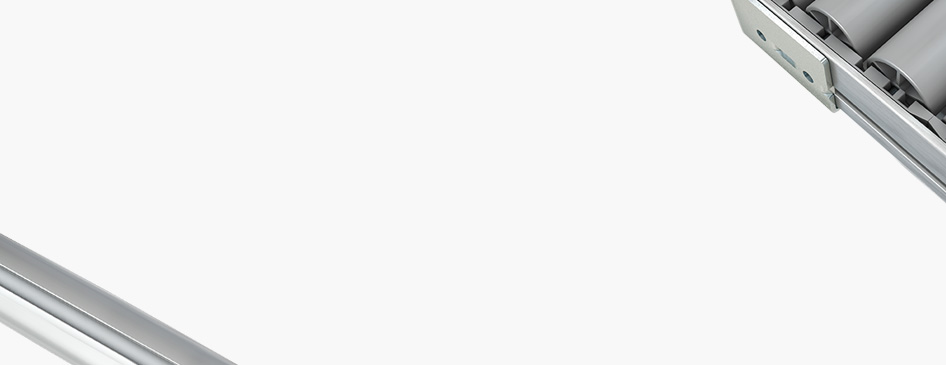
Choose one
or multiple languages
0,1,1
- German
- English
- Chinese
- Spanish
Crystal lattice structures (metals)
The regular arrangement of atoms in solid bodies is referred to as a crystal lattice. Its structure (lattice type) impacts on formability. Crystal lattices are made up of components (atoms, ions) recurring periodically at regular distances (lattice constants) in the three directions in space.
The lattice constants and their angles in relation to each other in the smallest unit of the lattice components (unit or primitive cell) are used to describe crystal systems.
A distinction is made between the following systems:
- Triclinic systems (unit cell is a parallelepiped)
- Monoclinic systems
- Orthorhombic systems (rectangular unit cell)
- Trigonal systems (rhombohedral unit cell)
- Hexagonal systems (unit cell resembles a hexagonal column)
- Tetragonal systems (unit cell is a rectangular prism with a square base)
- Cubic systems (cube-shaped unit cell)
A further distinction is made between base-centred, face-centred and body-centred crystal systems with components centred in the body or faces.
Other characteristics of a crystal lattice structure include:
- Coordination number: The number of atoms that are spaced the same and smallest distance apart
- Atomic packing factor (APF): The volumetric ratio between atoms and unit cell
